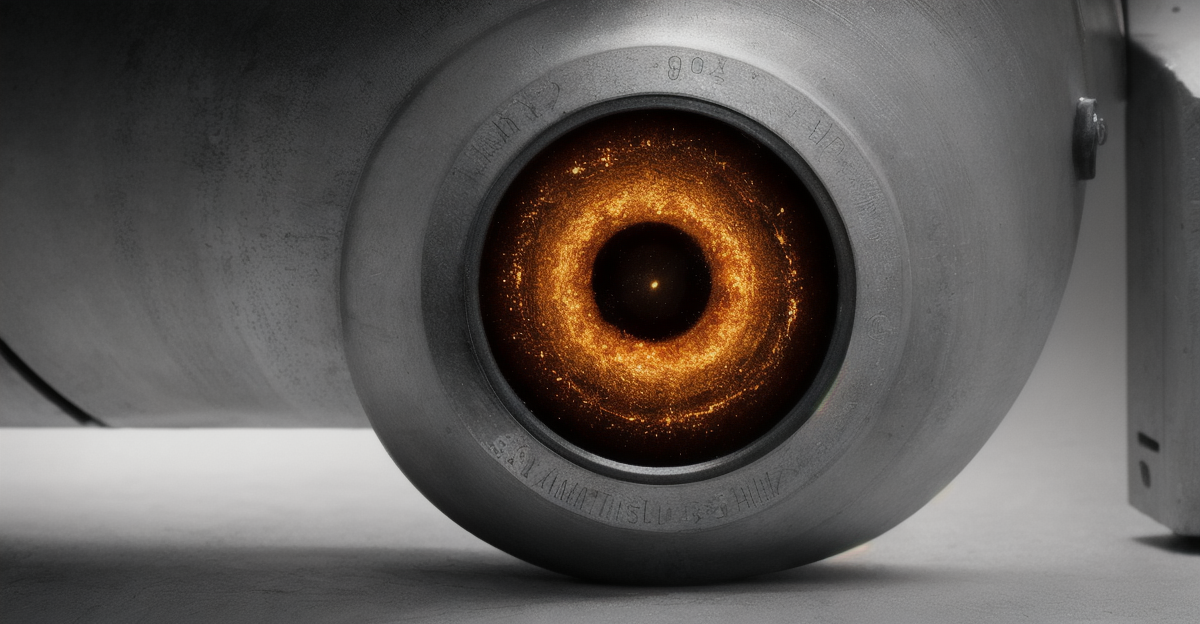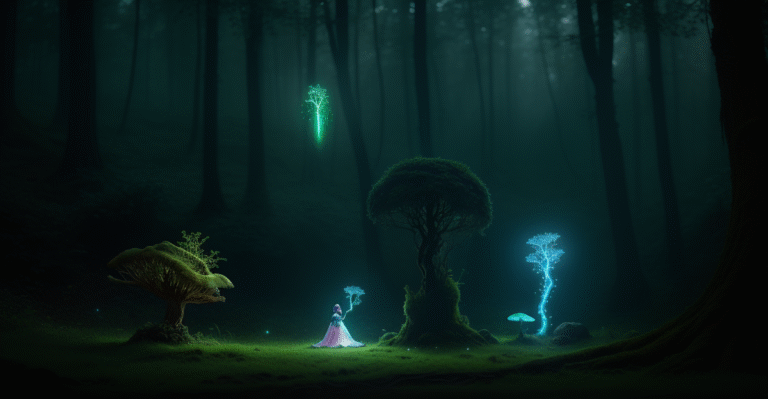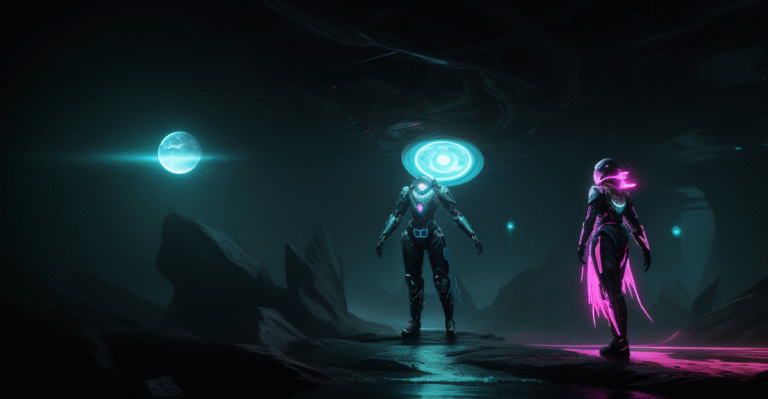
Did you know your existence hangs by a thread woven from the fabric of the early universe? This vide
Ever stopped to wonder why you’re actually *here*, reading this, instead of… well, nothing at all? The answer might just lie in a bizarre cosmic imbalance involving matter and its shadowy twin, antimatter. Buckle up – this is going to be a mind-bending journey! Like this post and follow for more fascinating science!
Antimatter’s Twist: The Reason You Exist (Seriously!)
Alright, cosmic explorer, quick question: what’s the most fundamental thing in the universe? Love? Knowledge? Maybe even a perfectly crafted pizza?
I’m here to argue it’s something far stranger: a tiny, almost unbelievable difference between matter and antimatter. Seriously! Without it, you, me, that pizza, everything… *poof*! Gone!
The Great Matter-Antimatter Imbalance: A Cosmic Puzzle
According to the Big Bang Theory, our best understanding of the universe’s birth, equal amounts of matter and antimatter should have sprung into existence. Imagine flipping a coin – heads (matter), tails (antimatter).
You’d expect a roughly 50/50 split, right?
Annihilation: The Ultimate Destruction
Here’s the catch: when matter and antimatter particles collide, they don’t exactly become best friends. They annihilate each other in a flash of pure energy. * Everything transforms into photons (light particles).
Think about converting all the matter in your body into light – that’s the power of annihilation.
Where Did All the Antimatter Go?
So, if the Big Bang created equal amounts, and they obliterate each other on contact, why isn’t the universe just an endless ocean of light? That’s the million-dollar question. The universe we observe is overwhelmingly made of matter.
We’re matter, the Earth is matter, the stars are matter. So where did all the antimatter vanish to? Did it take an early retirement?
The Standard Model’s Inability to Explain the Asymmetry
Enter the Standard Model! This is our most successful description of all the fundamental particles and forces in the universe. Think of it as the periodic table of particles, plus a rulebook for how they interact. It’s incredibly accurate, but… it has a major shortcoming.
The Standard Model and CP Violation
The Standard Model does allow for something called CP violation. In essence, this means that some particles and their antimatter counterparts behave ever-so-slightly differently.
This difference, theoretically, *could* lead to a preference for matter over antimatter.
Not Enough to Matter (Pun Intended!)
The catch? The amount of CP violation predicted by the Standard Model is *woefully* inadequate to explain the observed matter-antimatter imbalance. It’s like trying to drain the Atlantic Ocean with a eyedropper.
This huge gap suggests that there’s physics beyond our current understanding.
Experimental Searches for New Physics and CP Violation
So, how do we find these missing puzzle pieces? Scientists are working tirelessly, smashing particles together and making ultra-precise measurements.
The Large Hadron Collider (LHC): The Ultimate Particle Smasher
Experiments like the Large Hadron Collider (LHC) at CERN are actively searching for new particles and forces that could explain the asymmetry.
By colliding protons at incredibly high energies, they aim to recreate conditions similar to those shortly after the Big Bang and see if any new, asymmetry-inducing particles pop into existence.
Precision Measurements and the Electric Dipole Moment (EDM)
Another approach involves making incredibly precise measurements of particle properties. For example, scientists are trying to measure the electric dipole moment (EDM) of particles like neutrons and electrons.
A non-zero EDM would be a strong indicator of new sources of CP violation.
Neutrino Oscillations: A Ghostly Clue?
Neutrinos, those elusive particles that barely interact with anything, might also hold the answer.
Neutrino oscillations, the phenomenon where neutrinos morph from one type to another, could be connected to CP violation and the matter-antimatter asymmetry.
Without Antimatter Asymmetry, No You, No Stars, No Universe
Let’s really hammer this point home. Imagine a universe where matter and antimatter were perfectly balanced. What would happen?
Complete Annihilation: The Empty Void
They would have completely annihilated each other. Everything. Gone. Leaving behind only photons, a faint glow in the darkness. Pretty uninteresting, wouldn’t you say?
No Atoms, No Stars, No Galaxies
Without a slight surplus of matter, no atoms could form. No atoms means no stars. No stars means no galaxies. No galaxies means no planets. And absolutely, positively, without a doubt, no life. Zero. Zilch. Nada.
The Seed of Everything
That tiny, seemingly insignificant excess of matter – that cosmic accounting error – is the seed of everything we see around us. It’s the reason you’re here, reading this. It’s the reason the universe is so incredibly complex and beautiful.
The question remains: what undiscovered laws of physics caused this noteworthy imbalance? What other fascinating secrets does the universe still hold? What kind of experiments do you think we should be conducting to find the answer? Let us know in the comments!
And don’t forget to like and follow for more mind-bending science!
Source: Montana Becomes the Right to Try Anything State, Expanding Access to Experimental Drugs
Enjoyed this? Check out our YouTube channel for video versions!
Enjoyed this? Check out our YouTube channel for video versions!



